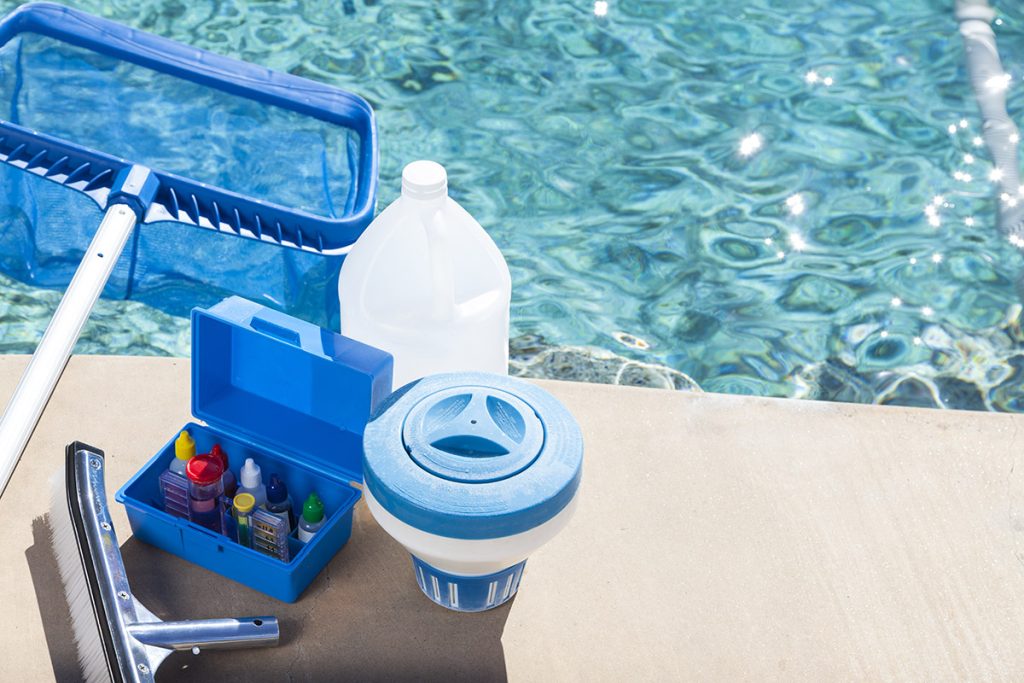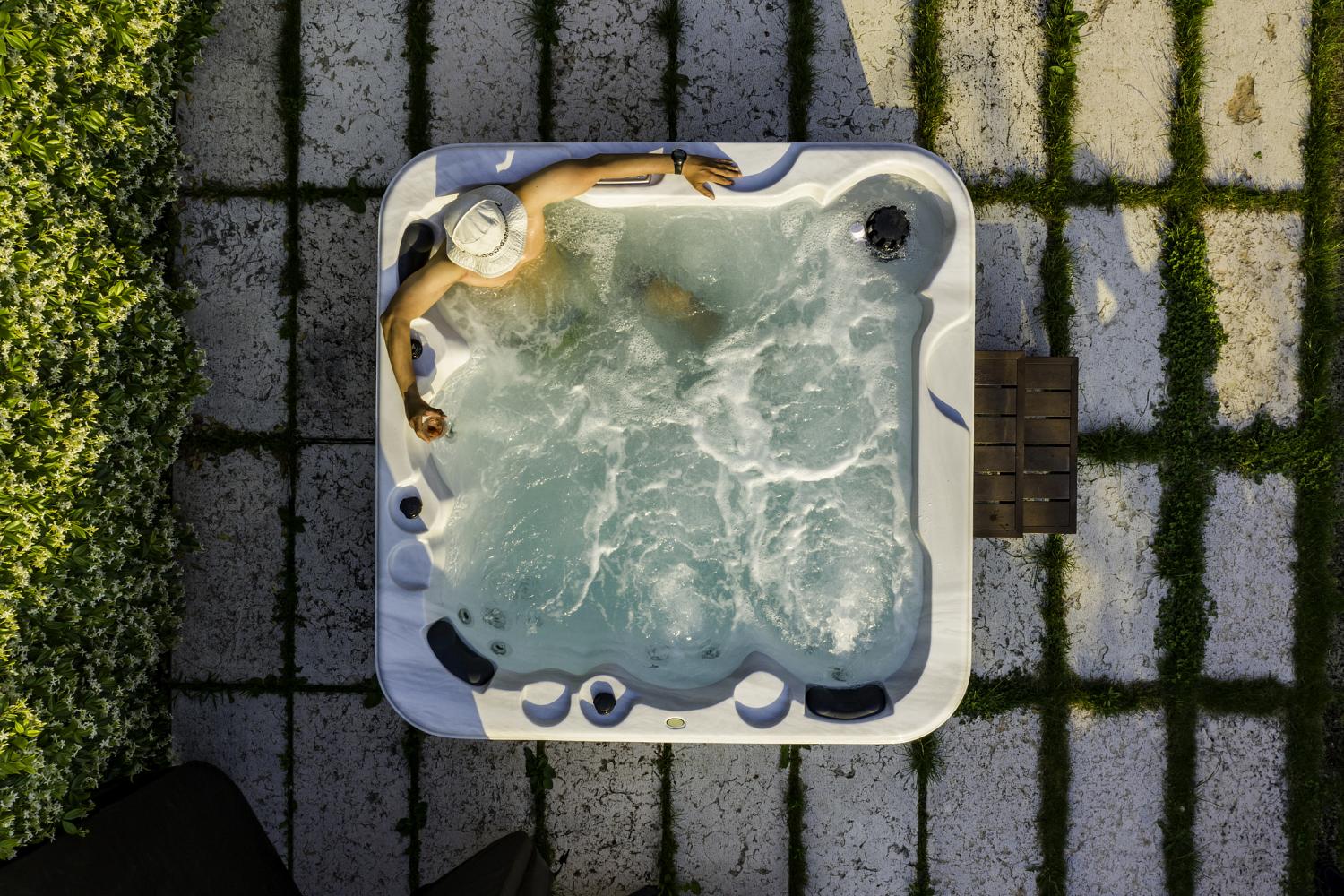Soaking in a hot tub should be a relaxing escape—not a frustrating troubleshooting mission. But what happens when the jets are working, the lights are on, and everything seems right… except your hot tub isn’t heating?
Before assuming it’s a broken heater, it’s important to understand that water chemistry—especially pH and alkalinity—can directly impact your hot tub’s heating ability. In this guide, we’ll break down why your hot tub may not be heating, how high alkalinity or pH imbalance could be the cause, and what you can do to get your spa back to perfect soaking temperature.
Common Signs of a Hot Tub Heating Issue
If your hot tub is not heating but jets work, your issue could be electrical, mechanical, or chemical.
Look for signs such as:
- Water remains cool or lukewarm after hours of operation
- Heater fuse is blown
- Error codes on the control panel
- Tripped breaker or thermostat not calibrated
- Water chemistry out of balance (more on this below)
- Hot tub cover damage
The Chemistry Connection: Hot Tub pH & Alkalinity Balance
Water chemistry doesn’t just affect how your skin feels or whether your water is cloudy, it can also interfere with your hot tub’s heater function.
Understanding pH vs. Alkalinity
- pH measures how acidic or basic the water is. The ideal pH range for a hot tub is 7.2 to 7.8.
- Alkalinity (also called total alkalinity or TA) measures the water’s ability to buffer pH changes. The ideal alkalinity for a hot tub is between 80-120 ppm (parts per million).
While the two are related, alkalinity controls how stable your pH level is. If your alkalinity is too high or too low, your pH will swing out of range—leading to scale, corrosion, or cloudy water.
How High Alkalinity in a Hot Tub Affects Heat
You might be surprised to learn that high alkalinity in your hot tub can actually prevent it from heating properly. Here’s how:
1. Scale Buildup on Heater Elements
When alkalinity is too high, it usually causes high pH, which leads to scale formation—a chalky white buildup of calcium. This scale can coat the hot tub’s heater element, acting like insulation and preventing the heater from effectively warming the water.
Key symptom: Water takes a long time to heat, or doesn’t heat at all even though the system is running.
2. Heater Malfunction or Overload
If scaling is severe enough, your hot tub heater may overheat and shut off to protect itself. This might trigger an error code or trip the GFCI breaker.
3. Blown Heater Fuse
In extreme cases, the fuse in your heater may blow due to electrical overload caused by high resistance in a scale-covered heater.
Diagnosing: Why Is My Hot Tub Not Heating Up?
When troubleshooting, always check the following before replacing parts:
Step 1: Test Water Chemistry
Using a reliable test strip or digital tester, check:
- pH (should be 7.2-7.8)
- Alkalinity (should be 80-120 ppm)
- Calcium hardness (should be 150-250 ppm)
If your alkalinity is too high, it can raise your pH above 8.0—contributing to scale formation and poor heater performance.
Step 2: Inspect the Heater
- Is the heater fuse blown?
- Do you see any error codes (like OH for overheat or FLO for flow issues)?
- Is the thermostat calibrated properly?
Step 3: Check Water Flow
Low flow can trigger a heater shutdown. Make sure your:
- Filters are clean
- Pump is functioning
- Water level is high enough
Step 4: Confirm Electrical Health
- Make sure the breaker is not tripped
- Listen for clicking or humming from the control box (bad signs)
- Check for loose or corroded wires
How to Fix High Alkalinity in Your Hot Tub
If you’ve determined that high alkalinity is the cause of your heating issue, here’s how to bring it down:
Step 1: Use a pH Decreaser
Most pH decreasers (sodium bisulfate) also lower alkalinity. Add small amounts and retest after each dose.
Step 2: Aerate to Raise pH Without Affecting Alkalinity
If your alkalinity is in range but pH is too low after chemical adjustment, run the jets with air valves open. Aeration naturally raises pH without increasing alkalinity.
Step 3: Regular Water Maintenance
- Test water 2-3 times per week
- Clean filters regularly
- Drain and refill 1-2 times a year

When to Call a Spa Professional
If you’ve adjusted your water chemistry but your hot tub still isn’t heating, it’s time to call in a spa technician. You could be dealing with:
- A hot tub heater malfunction
- A bad pressure switch
- A thermostat calibration issue
- Failing circuit board or sensor
At Cal Spas of Minnesota, our service experts can diagnose and repair any spa issue—whether it’s chemistry-related or a component that needs replacement.
Key Takeaways: Hot Tub Not Heating? Here’s What to Remember
- High alkalinity can directly affect your hot tub’s ability to heat, often due to scale buildup on heater elements.
- The ideal alkalinity for a hot tub is between 80-120 ppm, and pH should stay between 7.2-7.8 for optimal performance.
- If your hot tub is not heating but the jets work, check your water chemistry before assuming mechanical failure.
- Other possible culprits include a blown heater fuse, thermostat not calibrated, or flow issues caused by dirty filters or low water levels.
- To lower high alkalinity, use a pH decreaser in small doses and aerate the water if needed to re-balance pH.
- Routine maintenance and water testing can prevent heater malfunctions and extend the life of your spa system.
- If water chemistry looks good but heating still fails, it’s time to contact a professional for inspection and repair.
Need Help With Your Hot Tub? We’re Here for You
If your hot tub is not heating up or you suspect alkalinity is too high, our team at Cal Spas of Minnesota is ready to help.
From professional testing to complete spa service and replacement parts, we’ll get your spa back in shape fast.


